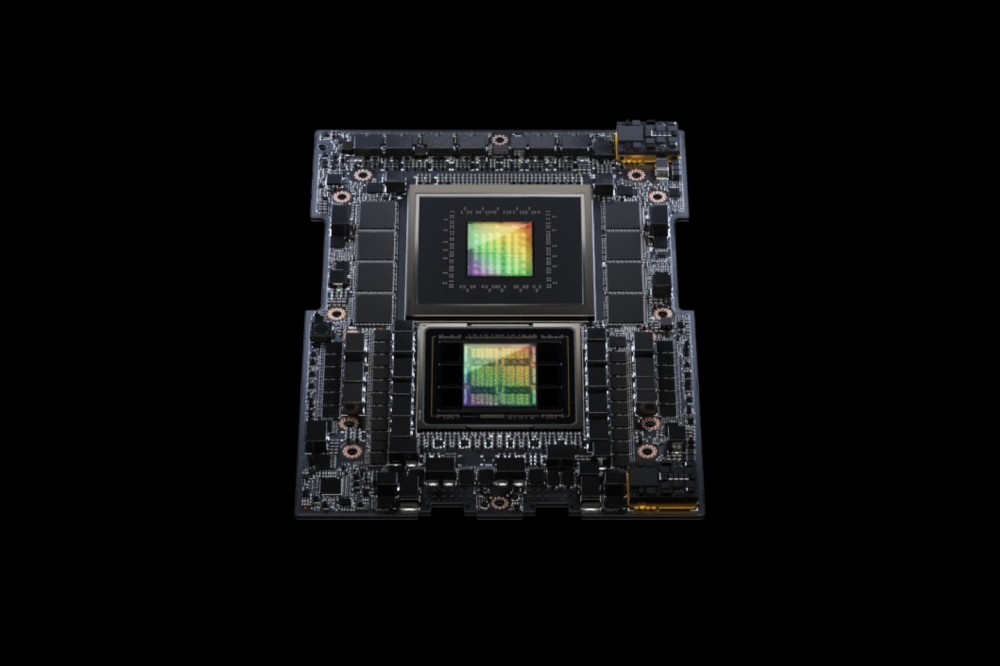NVIDIA unveils GH200 Grace Hopper Superchip Platform

NVIDIA has introduced the next-generation NVIDIA GH200 Grace Hopper™ platform — based on a new Grace Hopper Superchip with the world’s first HBM3e processor — built for the era of accelerated computing and generative AI.
Created to handle the world’s most complex generative AI workloads, spanning large language models, recommender systems and vector databases, the new platform will be available in a wide range of configurations.
The dual configuration — which delivers up to 3.5x more memory capacity and 3x more bandwidth than the current generation offering — comprises a single server with 144 Arm Neoverse cores, eight petaflops of AI performance and 282GB of the latest HBM3e memory technology.
“To meet surging demand for generative AI, data centers require accelerated computing platforms with specialized needs,” said Jensen Huang, founder and CEO of NVIDIA. “The new GH200 Grace Hopper Superchip platform delivers this with exceptional memory technology and bandwidth to improve throughput, the ability to connect GPUs to aggregate performance without compromise, and a server design that can be easily deployed across the entire data center.”
The new platform uses the Grace Hopper Superchip, which can be connected with additional Superchips by NVIDIA NVLink™, allowing them to work together to deploy the giant models used for generative AI. This high-speed, coherent technology gives the GPU full access to the CPU memory, providing a combined 1.2TB of fast memory when in dual configuration.
HBM3e memory, which is 50% faster than current HBM3, delivers a total of 10TB/sec of combined bandwidth, allowing the new platform to run models 3.5x larger than the previous version, while improving performance with 3x faster memory bandwidth.
Growing Demand for Grace Hopper
Leading manufacturers are already offering systems based on the previously announced Grace Hopper Superchip. To drive broad adoption of the technology, the next-generation Grace Hopper Superchip platform with HBM3e is fully compatible with the NVIDIA MGX™ server specification unveiled at COMPUTEX earlier this year. With MGX, any system manufacturer can quickly and cost-effectively add Grace Hopper into over 100 server variations.

































